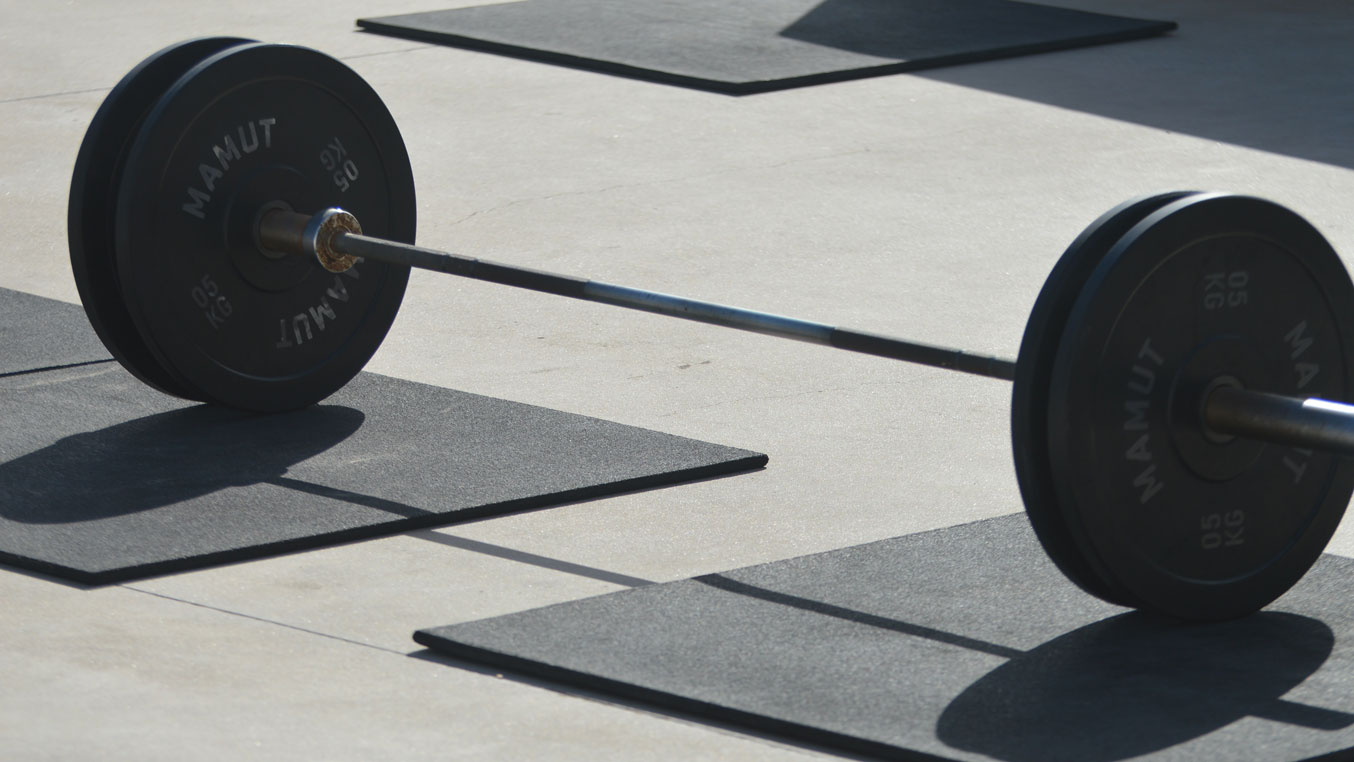Carbs & Exercise Part 2 | Training Low

By Dr Adam Collins, Form’s Head of Nutrition and Program Director for the MSc and BSc Nutrition courses at the University of Surrey. A qualified nutritionist for nearly 20 years Dr Collins is also a PhD in energy expenditure and body composition. His research interests lie in exercise nutrition, body composition, exercise intensity and energy balance, intermittent fasting and timing of food around exercise.
The focus in part one of this series was on conventional performance nutrition, whereby the aim of fueling with carbohydrates is to maximise performance for an event, match, race or other competition.
But athletes do not compete every day of every week in every month of the year. Much of an athlete’s time is actually spent in training or in rest and recovery. In addition, the nature of this training and recovery is not always going to be the same, especially when looking at different times across an athlete’s calendar. So, how would carbohydrate feeding differ during training, or non-competition?
To answer this question, let’s first look at the goals of training and what the athlete hopes to achieve from it.
Some training is aimed at conditioning, where you may need to increase endurance and exercise capacity whilst also potentially reducing body fat. Other phases of training may be geared around increasing strength, power or speed, or more technique-based training. Lastly, training may be used specifically to prepare for and recover from a competition. This may involve trialling strategies for the event, or tapering training and nutrition on the days around the competition itself. The type and goal of this training would fundamentally dictate what nutrition strategies you put in place.
The Advantages of Training Low
Focussing on carbohydrate feeding specifically, there is some suggestion that certain types of training may actually benefit from restricting carbohydrate feeding. The concept of “training low” can be defined as several things, but all of them relate to training with limited carbohydrate, whether that be training “fasted” (without any food, such as first thing in the morning), or training “depleted” (after a session that has used up some muscle glycogen).
The rationale here is that undertaking exercise with limited fuel amplifies the cell signalling associated with energy depletion, which in turn gives rise to greater responsive adaptation. This adaptation includes increased mitochondrial biogenesis (creation of new mitochondria), angiogenesis (new blood capillaries), and other enzymatic and morphological changes within muscles that fundamentally improve their oxidative capacity.
“The benefits of “training low” may be very appropriate to early phases of training in athletes, for example pre-seasons or early season conditioning phases of exercise”
What this means in practical terms is that the muscle is more efficient at using fuel and has an increased capacity to take up and burn fatty acids. Given that carbohydrate is a limiting factor to exercise (see Part 1), this increased efficiency and fat burning capacity ultimately leads to greater endurance in the long run, because you become naturally better able to spare carbohydrate. Indeed, any increased capacity to use the body’s near-infinite resource of fat (instead of carbohydrate) is ultimately a means of improving endurance.
The benefits of “training low” may be very appropriate to early phases of training in athletes, for example pre-seasons or early season conditioning phases of exercise whereby exercise intensity is low, and the goal is to increase endurance, improve fitness and perhaps reduce body fat. Even in other phases of training, certain sessions may well be undertaken as “training low”, such as early morning cardio sessions or runs.
The Drawbacks of Training Low
However, there is a trade-off to be considered when training low, as the length and intensity of the session may well dictate a need for carbohydrate in order to complete the exercise itself. Hence longer endurance exercise (say 60 minutes or more), or prolonged very high-intensity sessions may actually be hindered by exercising “low”.
For these sessions, it would be prudent to consider pre- and post-exercise nutrition. For example, start the training moderate-high, but recover low-moderate in terms of carbohydrate feeding. This way, you may still get the benefit of adaptation to the energy depletion without hindering the ability to perform the exercise itself. Again, this change in fuelling strategy is important when the nature of training changes in the athlete, during their periodisation of training.
_
So far in this series, we’ve looked at optimum carb intake relative to professional athletes. In the next instalment, we’ll look at the considerations that should be taken into account for the average exerciser.
Fueling for Competition | Athlete vs Average | The Burn | Men vs Women


















